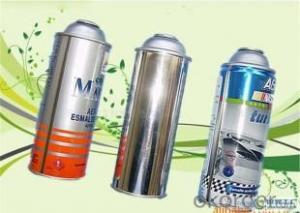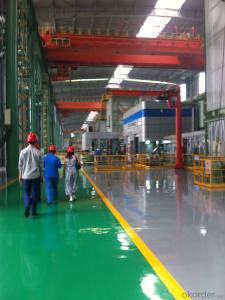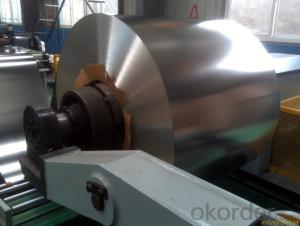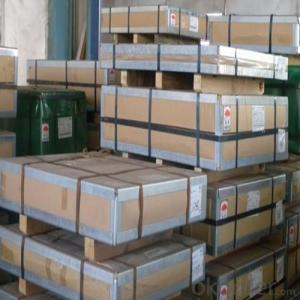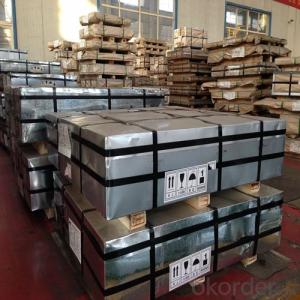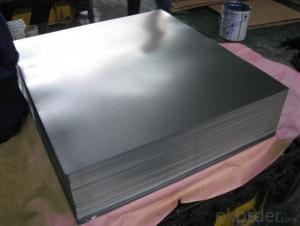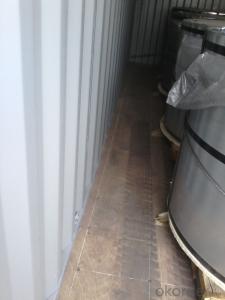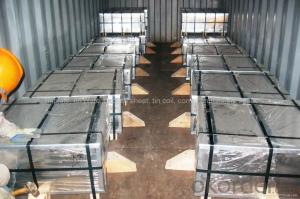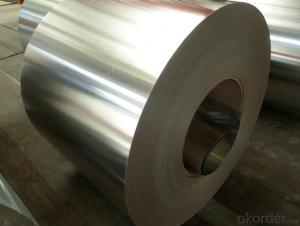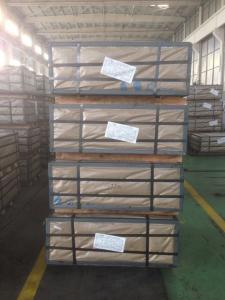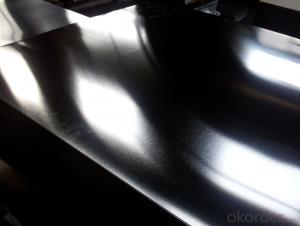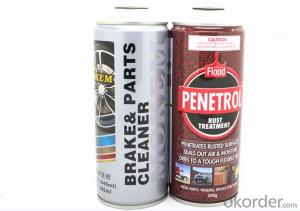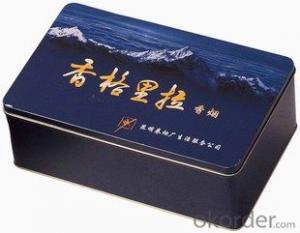All Categories
- - Steel Wire Rod
- - Steel Coils
- - Steel Profiles
- - Steel Pipes
- - Stainless Steel
- - Tinplate
- - Special Steel
- - Steel Sheets
- - Steel Rebars
- - Steel Strips
- - Hot Rolled Steel
- - Cold Rolled Steel
- - Pre-painted Steel
- - Seamless Steel Pipe
- - Welded Steel Pipe
- - Hollow Steel Tubes
- - Galvanized Pipe
- - Stainless Steel Coil
- - Stainless Steel Sheet
- - Stainless Steel Plate
- - Stainless Steel Strips
- - Electrolytic Tinplate Coil
- - Electrolytic Tinplate Sheet
- - Stainless Steel Rebars
- - Solar Panels
- - Solar Water Heater
- - Solar Related Products
- - Solar Inverter
- - Solar Cells
- - Solar Light
- - Solar Energy Systems
- - Solar Controllers
- - Solar Mounting System
- - Solar Pump
- - Solar Chargers
- - Fiberglass Chopped Strand
- - Fiberglass Mesh Cloth
- - Composite Pipes
- - FRP Pultrusion Profiles
- - Fiberglass Mat Tissue
- - Fiberglass Fabrics
- - Fiberglass Mesh
- - Composite Tank
- - Fiberglass Mesh tape
- - Polymer
- - FRP Roofing Panel
- - Fiberglass Roving
- - Monolithic Refractories
- - Ceramic Fiber Products
- - Refractory Bricks
- - Raw Materials For Refractory
- - Suspended Platform
- - Cranes
- - Concrete Machinery
- - Earthmoving Machinery
- - Building Hoist
- - Road Building Machinery
- - Plastic Pipe Fittings
- - Plastic Tubes
- - Plastic Sheets
- - Agricultural Plastic Products
- - Plastic Nets
 All Categories
All Categories
Q & A
Can electrolytic tinplate coil be used for construction purposes?
No, electrolytic tinplate coil is typically not used for construction purposes. It is commonly used in the packaging industry for cans, containers, and other similar applications.
Can electrolytic tinplate coil be used in high-temperature applications?
No, electrolytic tinplate coil is not suitable for high-temperature applications as it can lose its structural integrity and may react with the heat, affecting its performance and safety.
What are the different grades or specifications available for electrolytic tinplate coil?
The different grades or specifications available for electrolytic tinplate coil include various thicknesses, coatings, and temper levels. Thickness options range from 0.13mm to 0.49mm, while coating options include single-reduced (DR) or double-reduced (DQ) electrolytic tinplate. Moreover, temper levels may include annealed (CA), quarter hard (QH), half hard (HH), or full hard (FH) depending on the desired level of strength and flexibility.
How does the temper of electrolytic tinplate coil affect its properties?
The temper of electrolytic tinplate coil significantly affects its properties. The temper refers to the level of hardness or softness of the tinplate coil, which can be controlled during the manufacturing process. A higher temper results in a harder and more rigid tinplate coil, while a lower temper leads to a softer and more flexible coil.
The temper affects various properties of the tinplate coil, including its formability, strength, and resistance to corrosion. A harder temper provides improved strength and rigidity, making it suitable for applications that require structural stability, such as in the construction industry. On the other hand, a softer temper enhances the coil's formability, allowing it to be easily shaped and bent, which is beneficial for applications that require complex and intricate designs.
Furthermore, the temper also influences the tinplate coil's resistance to corrosion. A higher temper can result in a more tightly packed structure, reducing the chances of corrosion. However, a softer temper can be more susceptible to environmental factors that cause corrosion, making it necessary to apply additional protective coatings.
In summary, the temper of electrolytic tinplate coil plays a crucial role in determining its properties, including formability, strength, and corrosion resistance. Manufacturers can adjust the temper to meet the specific requirements of different applications, providing versatility and flexibility in the usage of tinplate coils.
Wholesale Electrolytic Tinplate Coil from supplier in Chile
With our commitment to quality and customer satisfaction, we ensure that all our Electrolytic Tinplate Coil products meet the highest industry standards. We work closely with our clients to understand their unique needs and provide them with the best solutions. Our team of experts is always available to offer technical support and guidance throughout the procurement and implementation processes.
As a subsidiary of CNBM, we have access to a vast network of suppliers and resources. This allows us to offer competitive prices and efficient delivery services. We have established strong relationships with reliable manufacturers and distributors, ensuring that our customers receive top-quality products on time.
We take pride in our excellent customer service and strive to build long-term partnerships with our clients. We understand the importance of clear communication and prompt responses, and we are committed to providing a seamless experience from inquiry to delivery. Our dedicated team is always ready to assist you with any questions or concerns you may have.
Whether you are in the construction, packaging, or automotive industry, we have the right Electrolytic Tinplate Coil products to meet your specific requirements. Trust us to deliver superior quality products and exceptional service. Contact us today for all your Electrolytic Tinplate Coil needs in Chile.
As a subsidiary of CNBM, we have access to a vast network of suppliers and resources. This allows us to offer competitive prices and efficient delivery services. We have established strong relationships with reliable manufacturers and distributors, ensuring that our customers receive top-quality products on time.
We take pride in our excellent customer service and strive to build long-term partnerships with our clients. We understand the importance of clear communication and prompt responses, and we are committed to providing a seamless experience from inquiry to delivery. Our dedicated team is always ready to assist you with any questions or concerns you may have.
Whether you are in the construction, packaging, or automotive industry, we have the right Electrolytic Tinplate Coil products to meet your specific requirements. Trust us to deliver superior quality products and exceptional service. Contact us today for all your Electrolytic Tinplate Coil needs in Chile.
